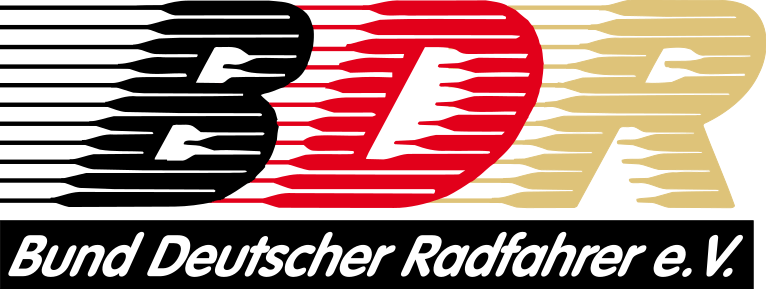Qualitative video analysis of track-cycling team pursuit in world-class athletes
(Qualitative Videoanalyse von Weltklasseathleten in der Mannschaftsverfolgung im Bahnradsport)
Context: Track-cycling team pursuit (TP) is a highly technical effort involving 4 athletes completing 4 km from a standing start, often in less than 240 s. Transitions between athletes leading the team are obviously of utmost importance. Purpose: To perform qualitative video analyses of transitions of world-class athletes in TP competitions. Methods: Videos captured at 100 Hz were recorded for 77 races (including 96 different athletes) in 5 international track-cycling competitions (eg, UCI World Cups and World Championships) and analyzed for the 12 best teams in the UCI Track Cycling TP Olympic ranking. During TP, 1013 transitions were evaluated individually to extract quantitative (eg, average lead time, transition number, length, duration, height in the curve) and qualitative (quality of transition start, quality of return at the back of the team, distance between third and returning rider score) variables. Determination of correlation coefficients between extracted variables and end time allowed assessment of relationships between variables and relevance of the video analyses. Results: Overall quality of transitions and end time were significantly correlated (r=.35, P=.002). Similarly, transition distance (r=.26, P=.02) and duration (r=.35, P=.002) were positively correlated with end time. Conversely, no relationship was observed between transition number, average lead time, or height reached in the curve and end time. Conclusion: Video analysis of TP races highlights the importance of quality transitions between riders, with preferably swift and short relays rather than longer lead times for faster race times.
© Copyright 2017 International Journal of Sports Physiology and Performance. Alle Rechte vorbehalten.
| Schlagworte: | Radsport Bahnradsport Video Analyse Taktik |
|---|---|
| Notationen: | Ausdauersportarten |
| DOI: | 10.1123/ijspp.2016-0596 |
| Veröffentlicht in: | International Journal of Sports Physiology and Performance |
| Veröffentlicht: |
2017
|
| Jahrgang: | 12 |
| Heft: | 10 |
| Seiten: | 1305-1309 |
| Dokumentenarten: | Artikel |
| Sprache: | Englisch |
| Level: | hoch |
